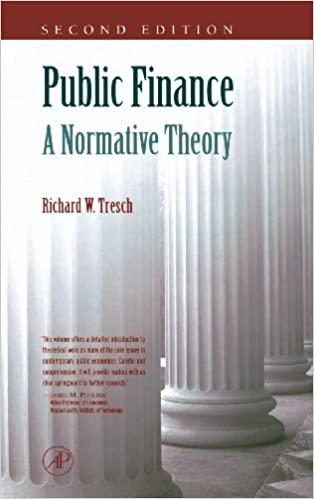10. Corporate valuation model The corporate valuation model, the price-to-earnings (P/E) multiple approach, and the economic value added (EVA) approach are some examples of valuation techniques. The corporate valuation model is similar to the dividend-based valuation that you've done in previous problems, but it focuses on a firm's free cash flows (FCFS) instead of its dividends. Some firms don't pay dividends, or their dividends are difficult to forecast. For that reason, some analysts use the corporate valuation model. Tropetech Inc. has an expected net operating profit after taxes, EBIT(1-T), of $2,400 million in the coming year. In addition, the firm is expected to have net capital expenditures of $360 million, and net operating working capital (NOWC) is expected to increase by $45 million. How much free cash flow (FCF) is Tropetech Inc. expected to generate over the next year? $2,085 million $43,481 million $2,715 million $1,995 million Tropetech Inc.'s FCFS are expected to grow at a constant rate of 3.90% per year in the future. The market value of Tropetech Inc./'s outstanding debt is $11,510 million, and its preferred stocks' value is $6,394 million. Tropetech Inc. has 675 million shares of common stock outstanding, and its weighted average cost of capital (WACC) equals 11.70%. Tropetech Inc.'s FCFs are expected to grow at a constant rate of 3.90% per year in the future. The market value of Tropetech Inc.'s outstanding debt is $11,510 million, and its preferred stocks' value is $6,394 million. Tropetech Inc. has 675 million shares of common stock outstanding, and its weighted average cost of capital (WACC) equals 11.70%. Term Value (Millions) Total firm value Intrinsic value of common equity Intrinsic value per share Using the preceding information and the FCF you calculated in the previous question, calculate the appropriate values in this table. Assume the firm has no nonoperating assets. 2 $43,481 million $2,715 million O $1,995 million -$51,153.85 Tropetech Inc.'s FCFS are expected to p $11,510 million, and its preferred stoc weighted average cost of capital (WAC) nt rate of 3.90% per year in the future. The market value of Tropetech Inc.'s outstanding debt i 94 million. Tropetech Inc. has 675 million shares of common stock outstanding, and its $17,051.28 %. $98,370.77 $25,576.92 Term Total firm value Intrinsic value of common equity Intrinsic value per share Using the preceding information and the FCF you calculated in the previous question, calculate the appropriate values in this table. Assume the firm has no nonoperating assets. $2,715 million $1,995 million $13,391.92 Tropetech Inc.'s FCFs are expected to $11,510 million, and its preferred stoc weighted average cost of capital (WAC ant rate of 3.90% per year in the future. The market value of Tropetech Inc.'s outstandin 394 million. Tropetech Inc. has 675 million shares of common stock outstanding, and its %. $7,672.92 $19,182.92 Term $14,066.92 Total firm value Intrinsic value of common equity Intrinsic value per share Using the preceding information and the FCF you calculated in the previous question, calculate the appropriate values in this table. Assume the has nn nnnnnaratinn accote $1,995 million Tropetech Inc.'s FCFS are expected to grow at a constant rate of 3.90% per year in the future. The market value of Tropetech Inc.'s outstan $11,510 million, and its preferred stoc $28.42 $6,394 million. Tropetech Inc. has 675 million shares of common stock outstanding, and 11.70%. weighted average cost of capital (WAC $19.84 Term $11.37 lions) Total firm value $20.84 Intrinsic value of common equity Intrinsic value per share Using the preceding information and the FCF you calculated in the previous question, calculate the appropriate values in this table. Assume th has no nonoperating assets











